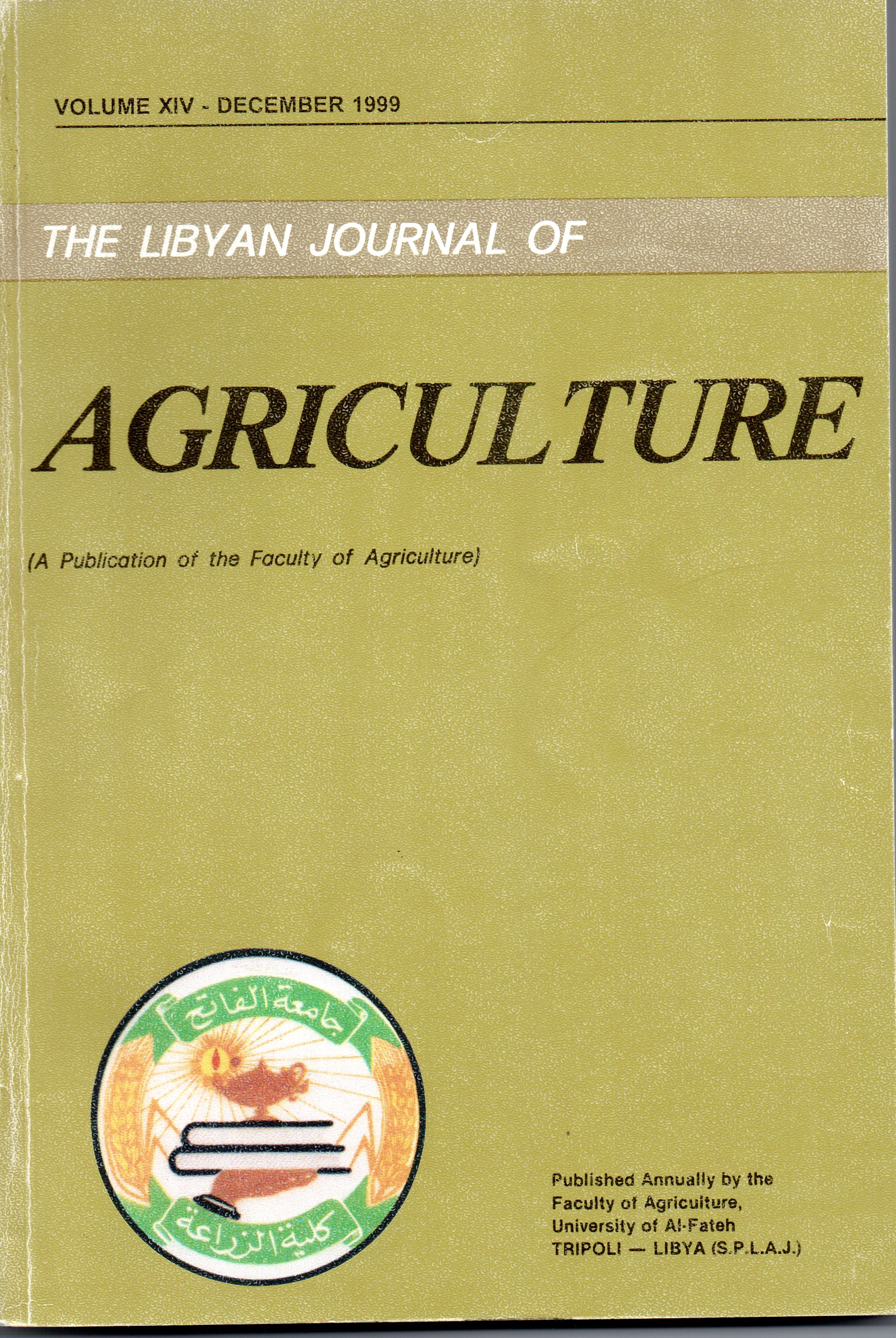Control of Bermudagrass with Graminicides in Libya
Main Article Content
Abstract
This study was carried out to evaluate the efficacy of the graminicides cycloxydim, fenoxaprop-ethyl, fluazifop-butyl, haloxyfop ethoxyethyl, and sethoxydim in controlling bermudagrass (Cynodon dactylon) in a citrus field. The experiment was conducted in the year 1990 and 1991 in Ibn-Zaidoun Station of The Agricultural Research Centre, Tripoli, Libya.
Emphasis was on the effect of these herbicides on the viability of the weed rhizomes, and the determination of shoot regrowth.
The foliage of bermudagrass plants treated with the graminicides exhibited yellowing and dryness. These phytotoxic symptoms appeared 10 days after herbicides applications and progressively increased.
Significant weed control was observed in the two years from all of the graminicides. In 1990, however, cycloxydim (0.25kg ai/ha) fluazifop-butyl (0.50kg ai/ ha and haloxyfop-ethoxyethyl (0.25kg ai/ha) controlled bermudagrass better than fenoxapropethyl (0.25kg ai/ha) or sethoxydim (2.00kg ai/ha).
Rhizome viability was significantly reduced in 1990. This reduction occurred in all plots treated with graminicides except the sethoxydim treatment. In the second year, this effect was observed in the plots treated with cycloxydim, fluazifop-butyl, haloxyfop, and sethoxydim.
(1) Dept, of Crop Science, Faculty of Agriculture, University of Al-Fateh, Tripoli, Libya.

